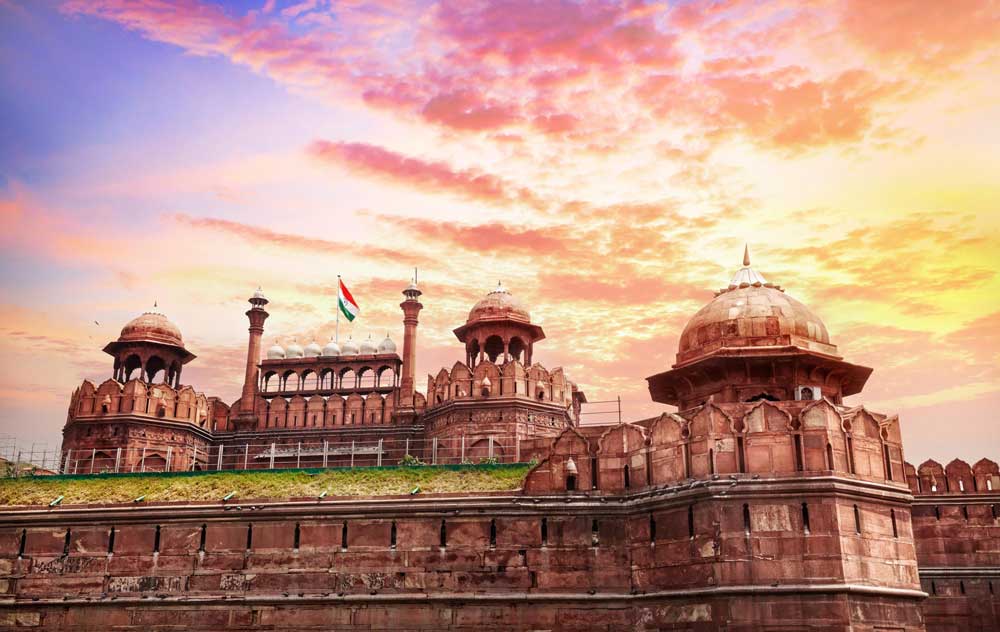
What Are the Different Types of Indian Visa?
Understanding the Diversity of Indian Visa Types
For travelers planning a visit to India, understanding the various types of visas available is essential. From tourism to business ventures, each visa type caters to different purposes and requirements. Let’s explore the types of Indian visas and their specific characteristics.
Types of Indian Visa Available
Here’s a comprehensive guide to the different types of Indian visas:
- Tourist Visa:
- Ideal for travelers intending to visit India for tourism, sightseeing, or visiting friends and family.
- Valid for a specified period, allowing travelers to explore India’s diverse cultural and historical landmarks.
- Generally issued for short-term stays and prohibits engaging in any form of paid work or employment.
- Business Visa:
- Designed for individuals traveling to India for business purposes, such as meetings, conferences, or exploring business opportunities.
- Allows holders to attend business-related events, negotiate contracts, or conduct market research.
- Applicants may need to provide a letter of invitation from an Indian company or organization.
- Employment Visa:
- Issued to foreign nationals intending to work in India for an Indian company or organization.
- Applicants must secure employment with a registered Indian company and obtain sponsorship from the employer.
- Valid for the duration of the employment contract and allows multiple entries into India.
- Student Visa:
- Intended for foreign students pursuing academic or vocational studies at recognized educational institutions in India.
- Requires acceptance into an Indian educational institution and proof of financial support for the duration of the course.
- Allows holders to study, participate in internships, and engage in academic research.
- Medical Visa:
- Granted to individuals seeking medical treatment in India, including consultations, surgeries, or specialized treatments.
- Requires documentation from a recognized medical institution in India detailing the treatment plan.
- Accompanied by a letter from the applicant’s home country physician recommending treatment in India.
- Transit Visa:
- Designed for travelers transiting through India to reach their final destination.
- Valid for a short period, allowing travelers to stay in India for a specified duration before continuing their journey.
- Does not permit travelers to exit the airport or engage in any activities outside the transit area.
- Journalist Visa:
- Reserved for journalists, reporters, or media personnel traveling to India for professional assignments.
- Requires documentation from a recognized media organization detailing the purpose and duration of the visit.
- Applicants may need to adhere to specific guidelines regarding reporting activities while in India.
Indian Visa Types
Conclusion
In conclusion, the various types of Indian visas cater to diverse travel purposes, including tourism, business ventures, employment, education, medical treatment, transit, and journalistic assignments. Understanding the specific requirements and restrictions associated with each visa type is crucial for travelers to ensure smooth and hassle-free entry into India. By choosing the appropriate visa category and adhering to the relevant guidelines, travelers can make the most of their visit to India while complying with visa regulations.